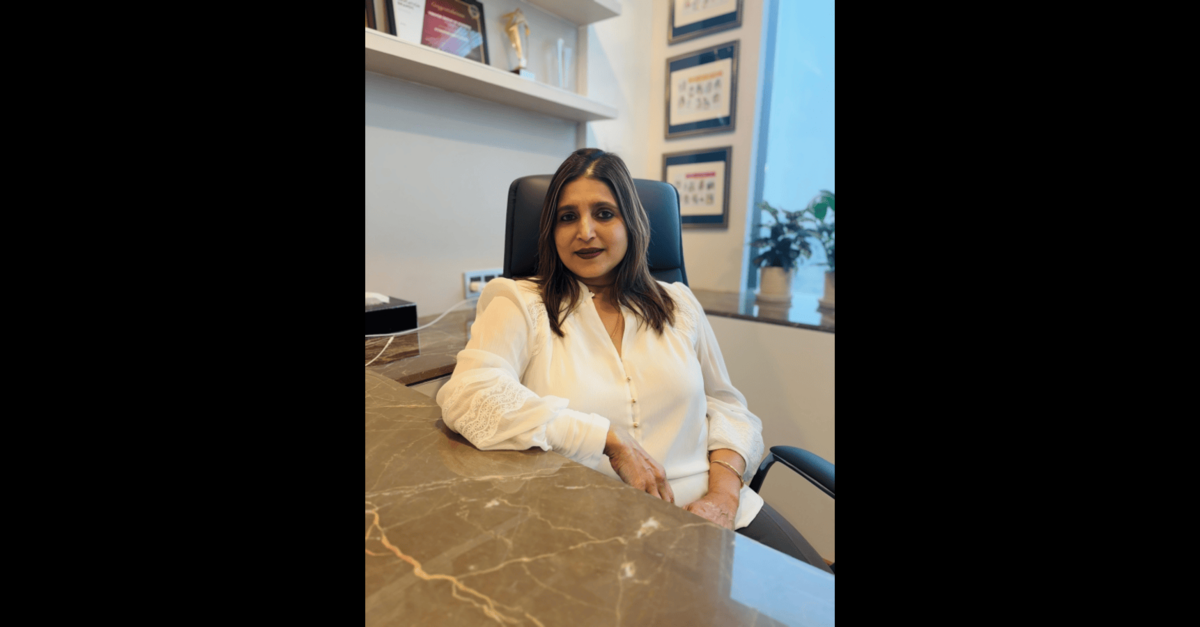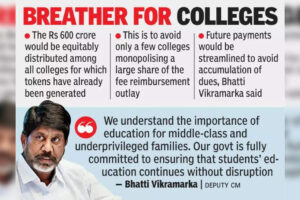
What it means to be a learner today

By Kavita Kerwalla.
A decade ago, a school day followed a predictable rhythm. Classes were neatly arranged in a timetable, subjects were taught in isolation, sports were tucked into an afternoon slot, and art was reserved for “free periods.” Education was important, but it often felt like a checklist of tasks to complete rather than a journey to experience.
Today, step into a modern classroom and you can feel the shift immediately. The walls seem to breathe with curiosity. A science project can prompt a discussion about climate change. A literature class might spark a theatre performance. The energy on the sports field often flows back into lessons about teamwork and resilience.
To be a learner today is to connect subjects, ideas and experiences in ways that shape not just what you know, but who you are. Over the last decade, education has grown from being a narrow path to success into a wide canvas for personal and collective growth.
From memorising facts to cultivating curiosity
In the past, knowledge was something delivered in a fixed sequence, to be absorbed and recalled. Today, it is something to be explored. Students are encouraged to ask questions, connect ideas, and challenge assumptions.
Being a learner now means thinking critically, seeing links between disciplines, and knowing that understanding is built as much through curiosity as through instruction. Modern classrooms foster independent thinking, blending global perspectives with local relevance. A lesson on climate change may inspire a sustainable gardening project in the schoolyard. A literature class may draw parallels between classic novels and current events.
This approach makes learning meaningful and alive qualities that define the learners of today.
Global curriculum with local roots
Schools have embraced curricula that combine rigorous academics with a global outlook. Learners are not only preparing for exams; they are preparing for life in an interconnected world.
Being a learner today means being globally aware yet locally grounded. A science lesson might involve collaborating with students from another country, building cross-cultural communication skills. A geography project could focus on mapping biodiversity in the local neighbourhood, fostering responsibility for one’s community.
This balance provides students with adaptability, empathy, and the ability to confidently navigate both familiar and unfamiliar contexts.
The influence of sports and the arts on shaping learners
One of the most important shifts has been recognising that education does not happen only at a desk. Sports, performing arts, music, and creative pursuits are now seen as essential parts of the learning process, not as extras.
Through sports, students develop resilience, discipline, leadership, and teamwork. Through theatre, dance, or music, they learn empathy, self-expression, and confidence. These experiences bring balance to the demands of academics, blending intellectual growth with creativity and physical wellbeing.
A winning goal on the field or a powerful stage performance is now valued alongside a high exam score because both reflect dedication, skill, and personal growth.
A holistic approach to growth
The most defining change in the last decade has been the shift towards holistic development. Education now seeks to nurture the intellectual, emotional, physical, and social aspects of a student’s life.
Being a learner today means understanding that wellbeing is central to achievement. Mindfulness sessions, peer-support initiatives and accessible counselling create an environment where students can thrive. They are encouraged to reflect on their learning, take ownership of their progress and develop values that extend beyond academics.
When learners feel supported and understood, they become not only better students but also better human beings.
Technology: An open door to the world
Technology has transformed the pace and possibilities of learning. Classrooms are no longer limited by geography. A student can attend a live session with a marine biologist halfway across the globe, or explore historical sites through virtual reality.
Yet, technology isn’t replacing human connection — it’s enhancing it. Teachers remain the anchors, guiding students through the flood of information, helping them think critically, and encouraging them to use digital tools responsibly and creatively.
Beyond the classroom: Learning through experience
Education today values what happens outside traditional lessons just as much as what happens inside. Field trips, community service, internships, and student-led initiatives: these experiences encourage responsibility, empathy, and practical skills.
Students might run a school enterprise project, organise a charity fundraiser, or conduct a neighbourhood survey as part of a social science unit. These real-world connections help them see the relevance of what they’re learning and prepare them for life beyond school walls.
The learner of today
To be a learner today is to be an explorer. It’s about balancing the pursuit of knowledge with the development of character, creativity, and compassion.
It’s about understanding that success is not only measured in grades, but in the ability to think independently, work with others, adapt to change, and stay curious.
The last decade has reshaped education into something far richer and more human. It’s not just preparation for the future — it’s an experience that shapes who you are, right now. And perhaps that is the most beautiful transformation of all.
The author Kavita Kerwalla is the Vice-Chairperson of VIBGYOR Group of Schools.
DISCLAIMER: The views expressed are solely of the author and ETEDUCATION does not necessarily subscribe to it. ETEDUCATION will not be responsible for any damage caused to any person or organisation directly or indirectly.
Source link



